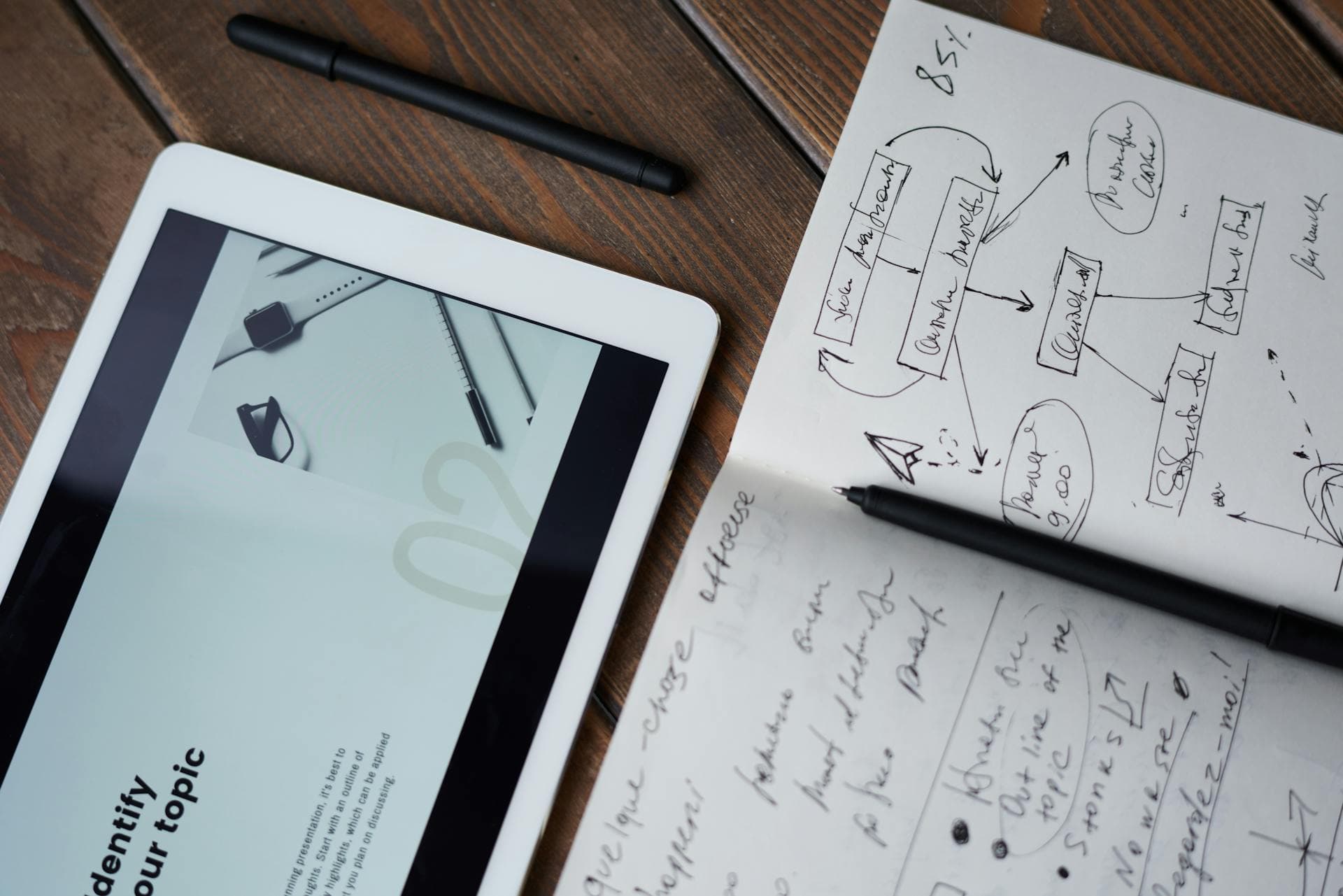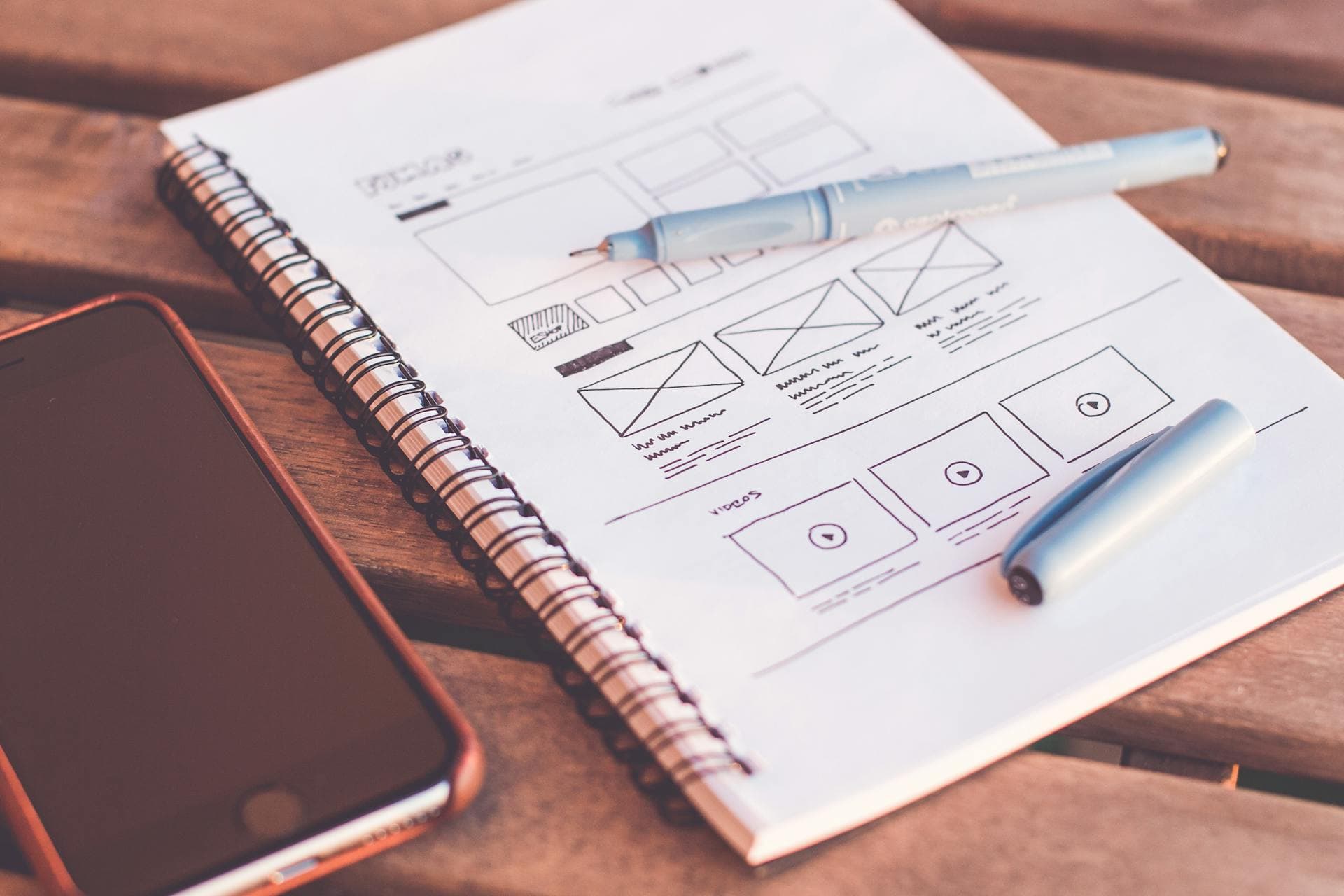The Designer's Guide to AI Tools: Beyond the Hype
by Brian Gonzalez, Founder
The Reality of AI Design Tools
The landscape of AI design tools has evolved rapidly, but their practical application is not always what the marketing suggests. While tools like Midjourney and DALL-E have captured headlines, it is the more subtle AI assistants that are making the biggest impact in professional workflows.

In our studio, we have found that AI excels at tasks like generating color variations, suggesting layout improvements, and automating repetitive design elements. However, it is critical to understand that these tools augment rather than replace human creativity.
Integration with Existing Workflows
The most successful AI implementations we have seen do not try to revolutionize existing processes - they enhance them. Design teams are using AI to speed up wireframing, generate placeholder content, and explore design variations more efficiently.

For example, we have reduced our initial mockup time by 40% by using AI to generate first-draft layouts, which we then refine and customize. This allows our designers to spend more time on the strategic and creative aspects of projects.
The Impact on Design Roles
Contrary to early fears, AI tools have not replaced designers - they have changed what designers focus on. We are seeing a shift toward designers spending more time on user research, strategy, and complex problem-solving, while AI handles more routine tasks.

This evolution has led to new specializations, with some designers becoming experts in prompt engineering and AI tool optimization. These skills are becoming increasingly valuable as AI tools become more sophisticated.
Looking Ahead
The next wave of AI design tools promises even deeper integration with design software. We are particularly excited about tools that can analyze user behavior and suggest design improvements based on real data, not just aesthetic preferences.
As these tools mature, the key will be maintaining the balance between automation and human creativity. The most successful designers will be those who learn to leverage AI while maintaining their unique creative vision.